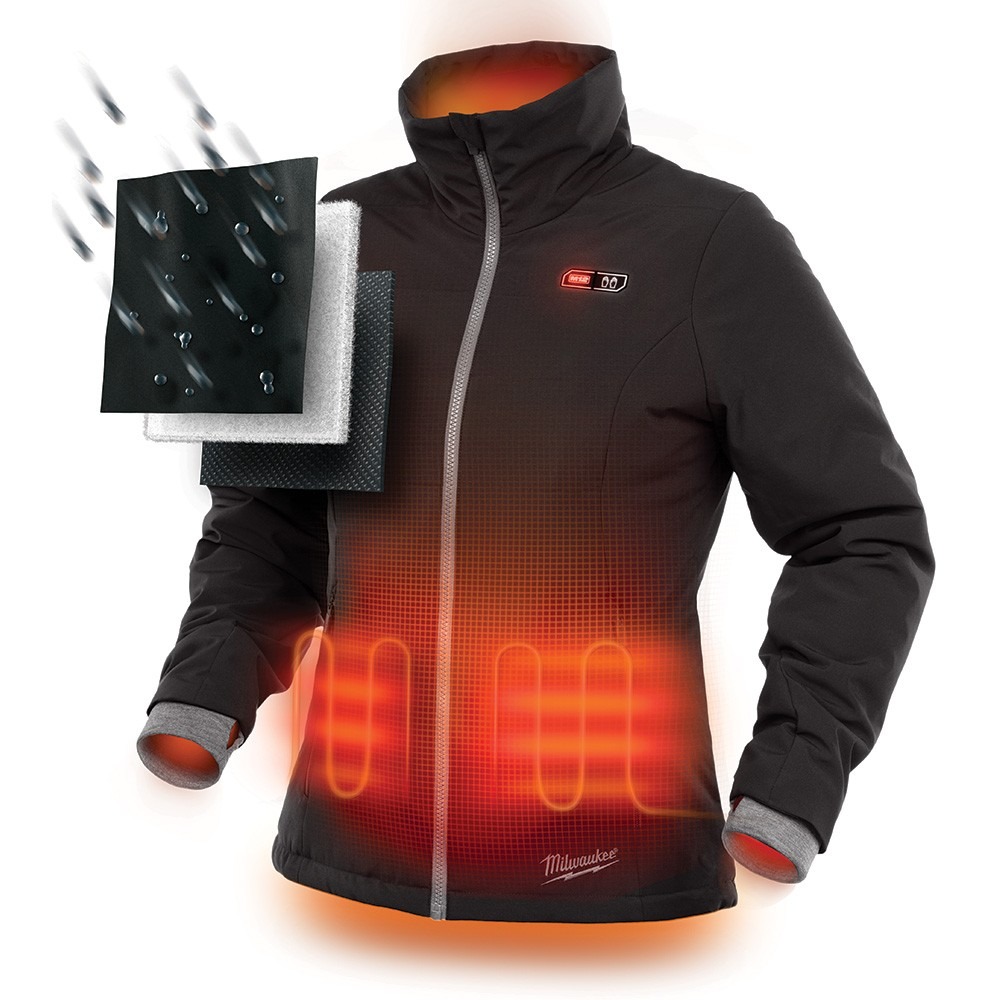The demand for clothing that is heated is expanding rapidly, because the outdoor industry is gearing up for winter. It can be difficult to determine what size jacket or vest is suitable for your requirements. Here’s a step-by-step guide to help you choose the appropriate one based on your needs.
1. Size of the Jacket and Fit
While sizing can vary between different retailers to the next it is important to ensure that your jacket is in good shape to allow the heating elements inside to perform their job. Always consult the site of the manufacturer to find sizes charts. If you’re not certain what size to order then go with a smaller.
Take note, however, that not all jackets are created to keep you warm. They typically offer less insulation than more serious winter cycling gear. If you are feeling that your current clothing is not cutting it as the temperatures drop, consider investing in a more robust winter-time cycling jacket.
2. Thermal Layers
To keep heat out, most heated jackets will require an additional layer. One of the most common materials used for the layers is Thinsulate that is believed to be both light and effective at absorbing heat. This layer is recommended to be placed on your skin to keep it from scratching against the surface of your jacket. If you’re thinking about buying an item that is heated but does not come with an extra layer of warmth, keep in mind that an additional layer may be necessary.

3. The time for charging and battery life
All of the jackets included in our table above come with their own charger and battery pack. Certain batteries can be fully charged in just two hours while others may take as long as eight. Of of course, the more heating elements that your jacket is equipped with and the higher the temperature, the longer it’ll require to charge. If you find yourself in a situation that you don’t have a place to plug your charger in externally, a battery pack is an excellent option to give your battery additional juice.
It is also important to keep an eye on the battery life for each jacket to ensure that you are aware of how long you are able to remain warm without having to recharge or change out batteries. Find jackets that are powered by lithium-ion batteries if possible. They generally last longer than other types of batteries.
4. Heating Levels
The majority of the jackets we’ve reviewed have both low and high heating settings. If you plan to stay out for a short time and want to save power then the lower setting is more than adequate. If you intend to ride at higher speeds or to commute for a prolonged duration, the higher setting is recommended.
5. Comfort Controls
A majority of jackets come with a remote control, but you must be able to regulate how hot your jacket’s output is. This way, if you’re traveling from a hot space to a cold space, you won’t start shivering the second you turn the jacket off. It is highly recommended that all jackets with heating feature the option of a temperature control.
6. Battery Life Indicator
It’s a bit of a hassle when you discover your battery is dead just before you arrive home, similar to the gas tank in your car. This is preventable by making sure your battery is charged to capacity and checking the battery indicator before you embark on your bicycle ride. Certain jackets will inform you how long the battery is expected to last based on the heat level you have selected so that you do not get stuck in the cold without any warning.
7. Fit & Style
Always keep in mind the things you’ll be using your heated jacket for. If you’re only keeping warm when you go out A looser cut should be perfectly. A tailored jacket is best if you are looking for something that can be worn daily.
For more information, click heated jacket